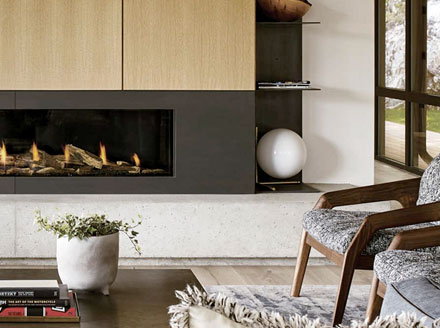Share This Post:
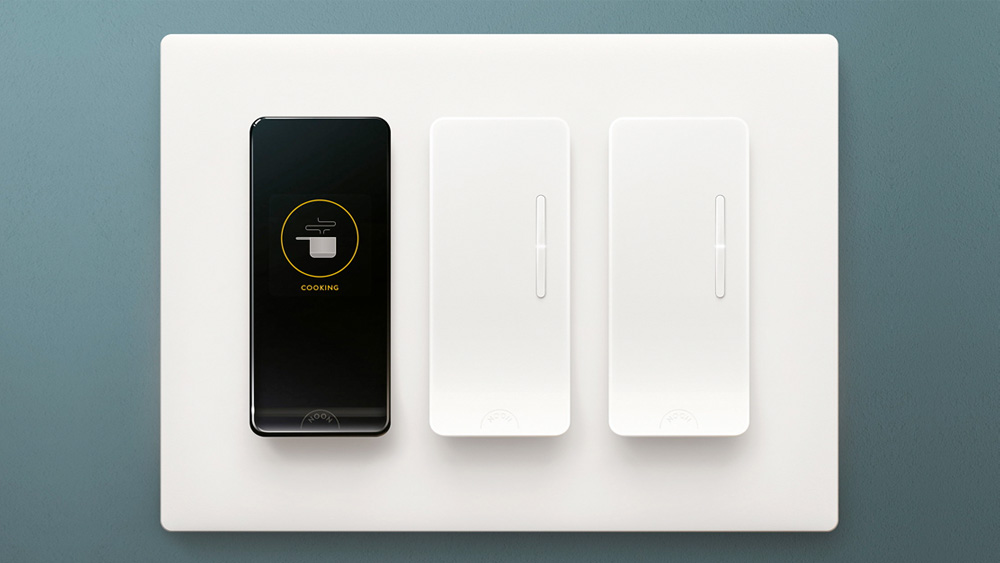
Image Credit: Noon Home
Noon Home - Smart Lighting System
Smart Lighting With Noon Home
TECHNOLOGY | Joshua Aaron | May 13, 2020
TECHNOLOGY | Joshua Aaron
May 13, 2020
UPDATE: OCTOBER 05, 2020 by Joshua Aaron
UPDATE: OCTOBER 05, 2020
By: Joshua Aaron
In late January of 2020, it was announced that Osterville, Mass. based Racepoint Energy, who also owns the luxury whole-home systems manufacturer Savant Lighting Controls, has acquired Noon Home. The acquisition is expected to grow both Racepoint Energy and Savant's lighting control offerings, including the addition of Noon's unique keypad style to the Savant keypad lineup.
When it comes to smart technology in the home, I am a real stickler for both functionality and security. Too often we are bombarded with new and seemingly fun products that either have a lacking feature-set, or do not fully explain the ramifications of using those products from a security standpoint.
When I talk about security, I will tell you that with as much as I know about technology, anything can be hacked if it's connected to the Internet. For example, I am not in favor of smart door locks because just as we saw back in the day with some of the initial garage door openers, thieves were driving around with devices that would figure out how to open your garage door. This led to a host of car thefts, and most of us don't lock the door to the house within the garage. That means if someone can open your garage door, they can walk right into your home. Not good. When it comes to smart home technology, it has to be built on secure protocols, and if hacked, should never allow anyone to enter your residence.
Last year I was involved with a large-scale residential project where one of the requirements was a way to control not only the lighting, but also some of the exterior features, like the fire pits and pool fountains, with a smartphone, to create room-by-room, or whole home scenes. For instance, a pool party should turn on the pool lights and fountains, courtyard lights, and fire pits. A dinner party should turn on the dimmed dining room chandelier and fireplace, and turn off the living room overhead lights. These scenes should create a mood, be it lively or calm. You get the picture. However, I also needed the ability to control a single light switch without effecting the scene as a whole.
I spent weeks researching all of the different options available, and took the time to speak directly with some of the tech teams and developers for these various products. What I found was not one of them could satisfy all of my requirements.
Here's a brief list of what I was looking to accomplish:
- No central controller
- No certified technician required for modifications to scenes
- Support for Apple Homekit and Siri, Alexa and Google
- Integrate into existing wiring (no new wiring required)
- Support any light bulb, LED included with no-noise dimming
- Support 3-way and 4-way switching
- Still works when the Internet is out
- Ability to be used like a regular switch
One of the most popular offerings is the Lutron Caseta, but it failed miserably across my requirement list. First off, it is a proprietary system, it looks like something out of the 1980s, it doesn't support Homekit (nor are they planning to support it anytime soon), they have a specific "support bulbs" list, and especially when integrating other smart technology such as motorized blinds, a certified technician has to come onsite to make any modifications. FAIL!
But then I found something amazing. A small startup popped up on my radar called Noon Home, and as of the time of this article they are doing extremely well. Their product has sleek, modern look, satisfied every single one of my requirements (with the exception of directly supporting Apple Homekit, but it's on the roadmap for late 2020), and their tech team was extremely responsive and knowledgeable. Beyond that, it does not need WiFi or the Internet for the Room Director to talk to the connected Extension modules. It does this in a brilliant and secure manner, over a private Bluetooth mesh network. Oh, and it gets even better. It wasn't crazy expensive. So far so good, let's try it out.
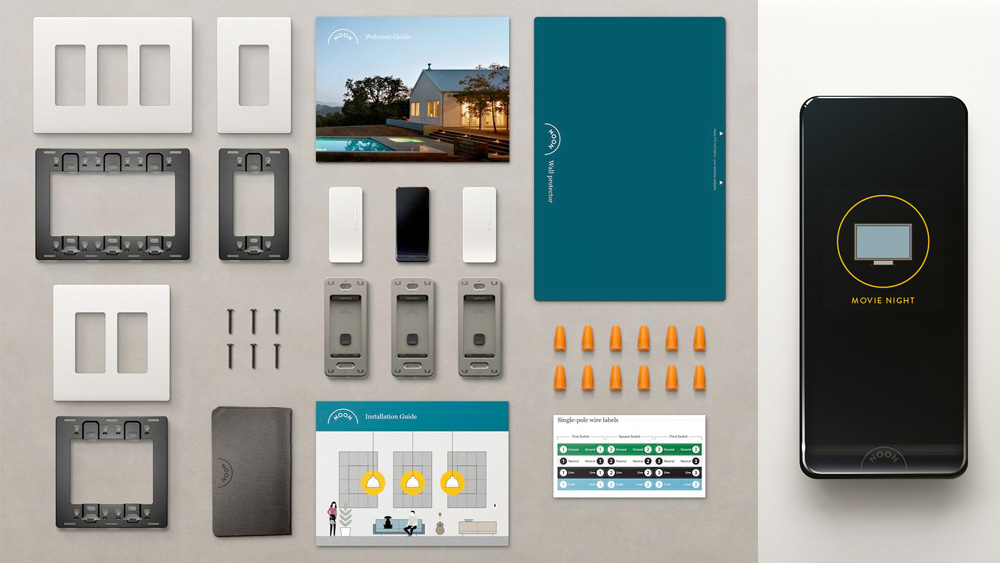
Image Credit: Noon Home
I purchased one of their starter kits, (pictured above), which includes one Room Director and two Extension dimmer switches. As Noon focuses primarily on room scenes, I figured I would install it in our living room where we spend most of our time. The Room Director is the black module with a touch screen, and it is the host, for lack of a better term, that controls the other Extension modules, the white ones with no touch screen, that are connected to it. When you configure a scene, you choose that scene via the Room Director. The Room Director talks to the Extension modules and viola, you have your lighting scene.
Alright, so what's required here? Could it really be as easy as they make it out to be?
Turns out, yes. As long as you have a neutral wire and a ground wire for each switch, you're all set. Most every home built after 1999 has this, so most people should be good to go. Along with the switches themselves, Noon also includes a mounting bracket and a variety of face plates depending on your needs. These face plates come with a paintable matte finish to customize to your wall color, or leave clean white.
These guys are really smart. Simply cut the power to the switches you want to replace, and get to work. Their mounting bracket even has hooks to hold the modules during installation so you can use both hands. Now, I chose the hardest switch bank in my house to start with, where I had 3 regular switches in a rather tiny junction box (builders drive me crazy when they do this - seriously, spend the extra dollar and get a nice deep junction box to make things easier on everyone). It took a bit of wiggling things around, but I was able to get it all wired up within about 30 minutes (all 3 switches by the way).
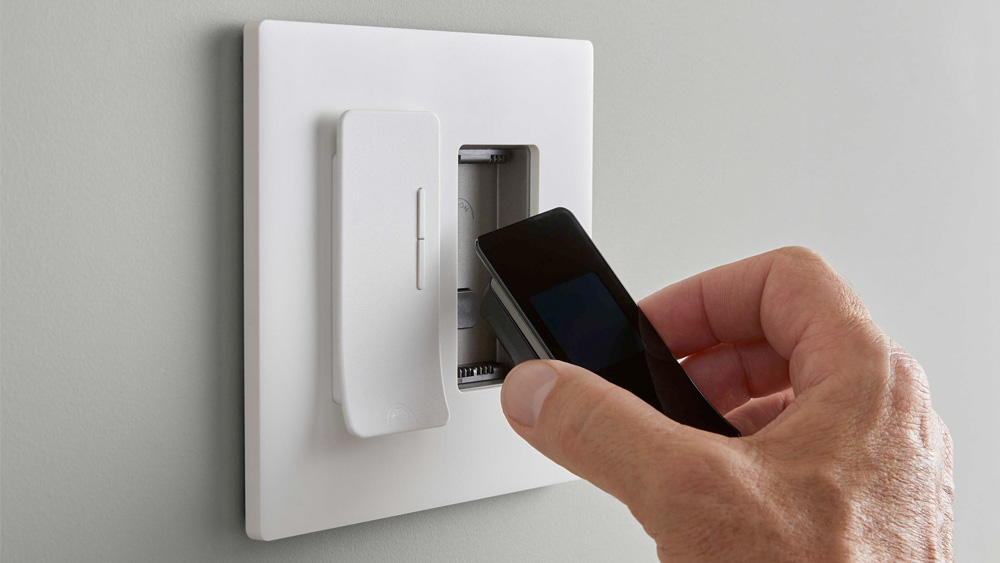
Image Credit: Noon Home
I should also point out that the switch modules, including the Room Director, snap-in to the mounting. This means that as long as all the modules remain within range of one another, you can easily remove and relocate the modules wherever you wish. Set it up one way, decide that you really wanted it setup another way, and click click, you're done.
We have a large 18-light chandelier and four recessed lights in the living room, and there is an adjoining walkway that leads to our master suite with an additional two recessed lights. Of the 3 switches I replaced, one switch controlled the chandelier, one for the four recessed lights, and the other was part of a 3-way switch for the recessed lights in the walkway. Bear in mind that if you have a 3-way or 4-way switch, all of the switches must be either Room Directors or Extension Switches. You cannot mix and match regular switches with Noon modules. This was something I was unaware of during the initial install, and my 3-way no longer functioned. The lights still worked, but I couldn't use two different switches to turn them on and off. No worries. I ended up purchasing another extension dimmer and everything worked perfectly.
So now I have everything installed and it's time to setup the software and get it all programmed. Again, Noon makes this a breeze by providing a free smartphone app that finds your switches, pairs with them, and walks you through each and every step.
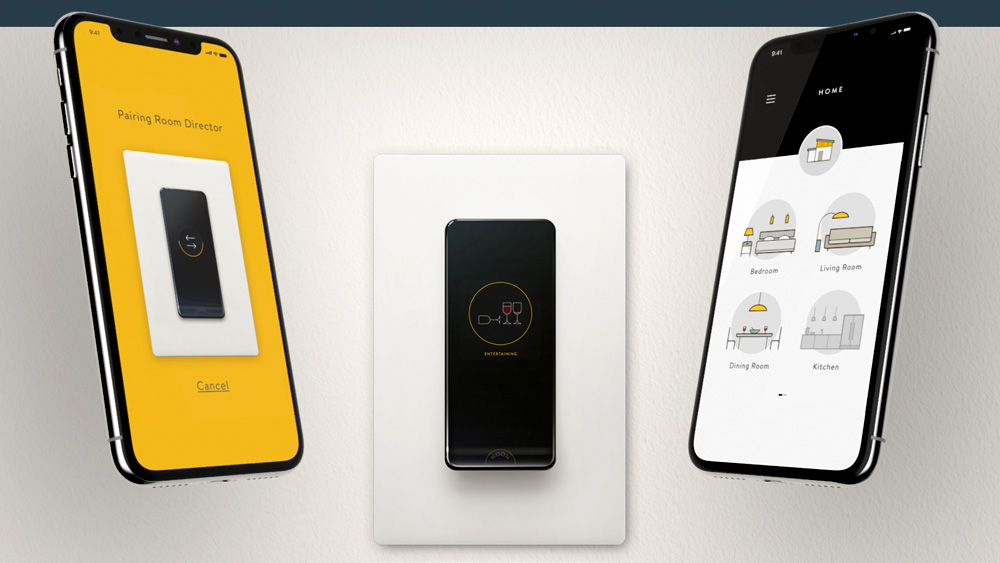
Image Credit: Noon Home
One of the coolest, and honestly most impressive, features of the Noon technology is that your bulbs are measured through the software. What does this mean? It means you can use any bulb you want and achieve full no noise dimming. No more buzzing or humming when the lights are dimmed. It's dead quiet. While I won't go into all the technical mumbo jumbo, when it tests your bulbs, you will see the lights turn on, then off, and all the dimming in between. If for some reason it doesn't measure everything perfectly, you can still make manual adjustments via the app. I tested it with CREE LED bulbs, and my favorite bulbs of all time, Soraa. Both worked flawlessly.
Another interesting feature is called "Night Light". The Room Director has a motion sensor built in and between the hours you setup via the app, it will detect motion and turn various lights on extremely low. This is amazing for people who get up in the middle of the night to use the bathroom, or get a drink from the refrigerator, and don't want to have lights on full blast. Plus, you won't trip over all the toys your dog has left lying around. I swear, one of these days I'm going to break my neck after stepping on a rogue chew toy.
Cool, so now it's all connected and I'm ready to setup my scenes and try it out. What scenes did I need in a single room? Well, when we're watching a movie at night, my wife doesn't like a completely dark room, so I wanted to turn off the chandelier and set the four recessed lights to be almost fully dimmed. When we do the dog's nails, we need the chandelier and the recessed lights to be on full blast. And finally, I created a scene called Everyday Lights that turned on everything on at once.
At this point you're probably expecting me to tell you that something didn't work, or was really difficult to setup. Not so. It all just, well, worked. The only thing that was lacking was the ability to use Siri on my iPhone to change the scenes. As this was one of my main requirements, I worked with Noon's tech people to utilize the already supported IFTTT (for those who don't know what this is, it's a free website that allows you to setup macros and it stands for If This Then That). By using a web URL and some identifiers, we created a working macro in moments. I then replicated the process for each of my scenes. Now I can say, "Hey Siri, turn on movie lights" and my movie lights scene is activated. I also created one to turn all the lights off.
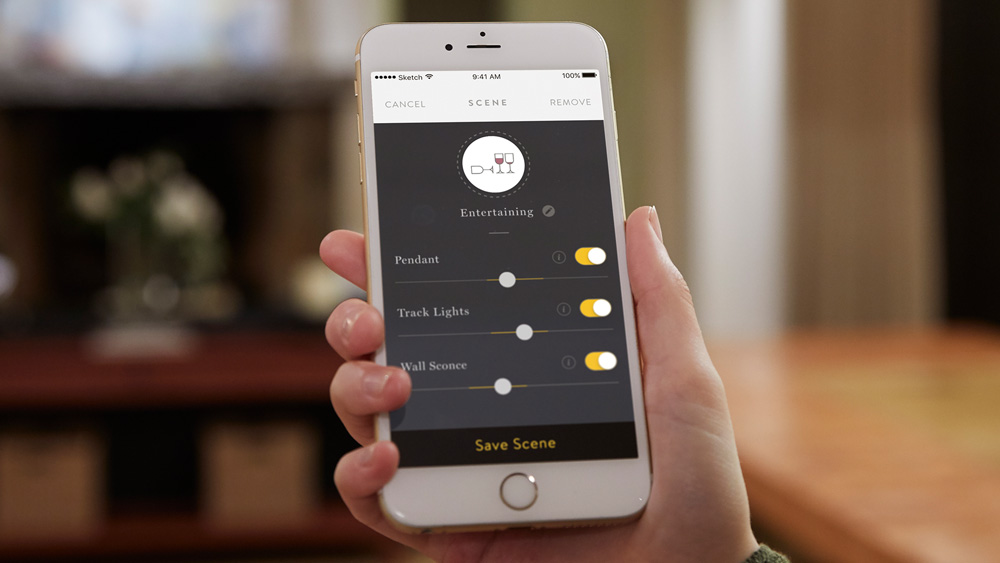
Image Credit: Noon Home
If you're wondering how I was able to accomplish turning on and off the exterior fire pits for the client, Noon offers two different types of Extension switches. One is their standard Extension dimmer and the other is their Extension On/Off. The On/Off provides a hard break just like a normal light switch, and if you consider that almost everyone who has a natural gas fireplace also has an accompanying light switch to turn it on and off, you can easily see how Noon's Extension On/Off can be used for these purposes. Note that the Extension dimmer is not a hard break and thus cannot be used for anything requiring full on/off functionality. This also includes things like bathroom fans, ceiling fans, etc. Only use the Extension dimmers with lighting. Use the Extension On/Off switches everywhere else you wish to have smart control over your products.
Not only do we love and use the Noon system every day, but we are already thinking about integrating it into other parts of our home and office. If you are curious to know more, give us a call. We'll be glad to help.
Full disclosure, JCA Design Group now represents Noon Home and can provide consulting, integration, and product fulfillment. That being said, please note that JCA only carries products that we have thoroughly tested, vetted the manufacturer, and have used both directly and as part of a client's project. We do not carry everything under the sun, nor are we a big retailer. We choose to put our reputation behind products we truly believe in, and Noon is one of them. It should also be mentioned that we were not compensated in any manner for this article.


